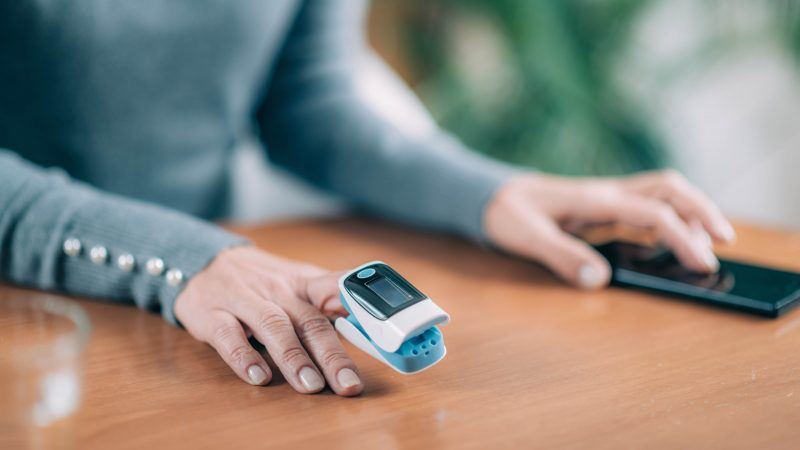One in five people have a history of asthma, COPD or other longstanding respiratory illnesses. In the pandemic, they have been classed as “clinically vulnerable” and advised to “socially shield”. With NHS outpatient services reorganised to reduce the spread of infection, people with respiratory conditions have had limited access to face-to-face care.
To support respiratory patients at home and identify any early signs of deterioration, Inhealthcare has launched a new remote monitoring service in partnership with the NHS. The new pathway uses the Inhealthcare platform, the same digital health infrastructure as southern England’s successful Oximetry at Home service to support people diagnosed with Covid.
The service was swiftly repurposed for respiratory patients following a suggestion by a resourceful NHS nurse. We believe it is an excellent example of a digitally supported virtual ward – cited by NHSX as an opportunity to accelerate elective recovery and ensure that patients are treated as quickly as possible.
The new service is almost identical to Oximetry at Home and supports patients at home with Inhealthcare’s tried-and-tested remote monitoring technology. New research shared by Dr Matt Inada-Kim, national clinical director for deterioration at NHS England, shows the Oximetry at Home service “considerably improved patient outcomes reducing the odds of longer length hospital stays and mortality”.
The service is simple and intuitive for patients.
Patients use a pulse oximeter to monitor their oxygen saturation levels and report these readings on a regular basis to healthcare teams. They have a choice of communication channels and submit their readings via email, SMS text message or automated telephone call, making the service fully inclusive. If patients would prefer to speak with another person on the telephone, staff can input readings manually. Patients receive relevant health advice after submitting readings.
Clinicians can see at a glance who is need of help.
Staff view patient readings on a web-based dashboard and can see at a glance who might need intervention, supervision, support or has not submitted their reports. Alerts are generated if readings fall out of range. Readings are stored safely and securely within NHS-approved cloud storage providers and accessible only to relevant staff. Patient records are updated via integration with the EMIS and SystmOne GP systems. Inhealthcare provides data and analytics for clinicians, illustrating the number of patients on the service and their progress through the pathway.
What you need to know.
The pathway empowers respiratory patients to take control over their health at home and enables clinicians to identify any deterioration in their condition, intervene early when necessary and provide treatment to reduce mortalities, avoidable hospital admissions and save bed days. To find out more, please drop me a line at georgia.nelson@inhealthcare.co.uk

